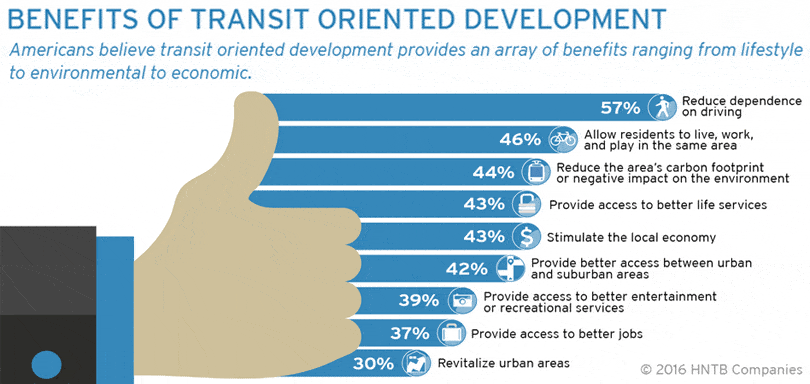This blog post was written by SACE’s former Electric Transportation Equity Manager, Patrick King.
If you watched the 2022 Superbowl, you might be rightfully convinced that the electric vehicle (EV) revolution is here, and we’re racing towards an all-electric future. Transportation currently accounts for the largest share of greenhouse gas emissions in the US and as it stands, vehicle electrification is the only widely available and financially viable alternative we have to decarbonize this sector. Mitigating the worse impacts of the climate crisis not only depends on EVs but also requires,
- Reimagining urban design,
- Addressing the harm that’s been done to historically disinvested communities, and
- Embracing alternative forms of transportation in order to fully realize the opportunity at hand
Thankfully, the needle is indeed moving in the right direction, and indicators are pointing towards an all-EV future. However we must keep in mind: while replacing every vehicle on the road with an EV would vastly reduce emissions, it could also perpetuate existing inequities within our transportation system if we don’t take a holistic and justice-oriented approach to decarbonize the sector.
Inequitable Urban Design
“The first recommendation was to really recognize that urban design is not neutral. It either perpetuates or reduces social inequities within cities. And that is very hard for people to wrap their minds around because urbanists are taught that they are good, that they make communities better, and that they are the bringers of solutions.” –Jay Pitter
A 2013 American Community Survey found that about 80% of all workers travel alone in a private vehicle to commute to and from work. This probably comes as no surprise given the urban sprawl, which is a common characteristic of our cities due to a complex mix of geographic, historical, cultural, and economic factors. In the 1950s, cars became the dominant form of transportation, and we began to see our cities grow out instead of up. Characteristics of this type of growth include low-density development over a large area, outward growth from an established urban center, and automobile dependency for most, if not all, trips. Urban sprawl has resulted in increased air and water pollution, increased traffic fatalities and jams, loss of agricultural capacity, and decreased economic mobility for those without access to transportation.
Climate Targets
It’s currently estimated that 83% of the U.S. population lives in urban areas, with that percentage slated to increase to almost 90% by 2050. A recent report from Institute for Transportation and Development Policy and UC Davis found that even if governments worldwide aggressively pursue full electrification of transportation, we will come close to meeting the International Energy Agency’s Sustainable Development Scenario of limiting global warming to less than 2°C by 2050 and 1.5°C by 2100, but ultimately misses the mark. To meet our climate goals, electrification needs to be paired with policies that promote alternative forms of transportation and require a divorce from automobile-centric urban planning.

Urban Mobility
“Public transit riders are more likely to be people of color and to have lower incomes than the general population, with 34 percent identifying as black, 27 percent identifying as Hispanic, and just 14 percent identifying as white. So not surprisingly, these same populations are the ones who suffer most when transit options are scarce.” Rep. Norma Torres (D-CA) via The Hill
A 2015 Harvard study found that a person’s commute time is the most significant indicator of whether or not they can escape poverty. Post WW2, transportation policies have exclusively focused on automobiles and the construction of major interstates through low-income and minority communities. These practices and others immediately impacted residents of these communities by eroding what were once thriving neighborhoods and simultaneously negatively impacting their health by the decrease in air quality from increased traffic. Communities continue to feel the effects of these decisions today, which restrict their access to education, health care services, job opportunities and place a disproportionate economic burden on them due to the lack of reliable transit options. These inequities are only exacerbated by the rapid rise in housing costs, which further reduces access to housing stock with transit options.
A Multi-Pronged Approach
Redesigning existing neighborhoods is extremely difficult, if not politically impossible, but steps can be taken to advance transit-oriented development. Transit-oriented development or TOD brings together commercial, mixed-income housing, office, and entertainment spaces accessible to high-quality public transit stations such as heavy and light rail or bus rapid transit services. Part and parcel with this approach is meaningfully engaging with communities that have been historically disinvested and structuring any new programs and development with their needs in mind throughout the process. Additional policies that promote equitable land use, walking and bicycling, public transit, and car control will all contribute to alleviating the issues in our current transportation system and reduce their impacts in the future.

These policies along with transportation electrification have the power to not only radically transform the lives and livelihoods of those who have been historically borne the brunt of inequitable transportation decisions but will also be necessary if we hope to meet our climate targets to mitigate the effects of the climate crisis. This is an opportunity not only to reimagine our future but also a chance to address injustices of the past and present.
Electrify the South is a Southern Alliance for Clean Energy program that leverages research, advocacy, and outreach to promote renewable energy and accelerate the equitable transition to electric transportation throughout the Southeast. Visit ElectrifytheSouth.org to learn more and connect with us.


